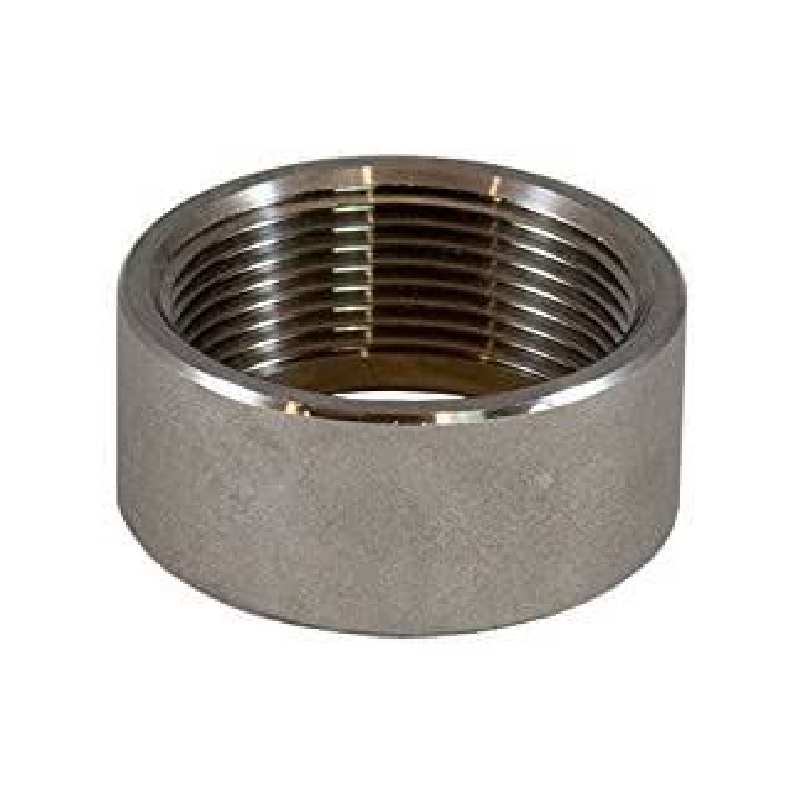-
Cangzhou Yulong Steel Co., Ltd.
-
Phone:
+86 13303177267 -
Email:
admin@ylsteelfittings.com
- English
- Arabic
- Italian
- Spanish
- Portuguese
- German
- kazakh
- Persian
- Greek
- French
- Russian
- Polish
- Thai
- Indonesian
- Vietnamese
- Zulu
- Korean
- Uzbek
- Hindi
- Serbian
- Malay
- Ukrainian
- Gujarati
- Haitian Creole
- hausa
- hawaiian
- Hebrew
- Miao
- Hungarian
- Icelandic
- igbo
- irish
- Japanese
- Javanese
- Kannada
- Khmer
- Rwandese
- Afrikaans
- Albanian
- Amharic
- Armenian
- Azerbaijani
- Basque
- Belarusian
- Bengali
- Bosnian
- Bulgarian
- Catalan
- Cebuano
- China
- China (Taiwan)
- Corsican
- Croatian
- Czech
- Danish
- Esperanto
- Estonian
- Finnish
- Frisian
- Galician
- Georgian
- Kurdish
- Kyrgyz
- Lao
- Latin
- Latvian
- Lithuanian
- Luxembourgish
- Macedonian
- Malgashi
- Malayalam
- Maltese
- Maori
- Marathi
- Mongolian
- Myanmar
- Nepali
- Norwegian
- Norwegian
- Occitan
- Pashto
- Dutch
- Punjabi
- Romanian
- Samoan
- Scottish Gaelic
- Sesotho
- Shona
- Sindhi
- Sinhala
- Slovak
- Slovenian
- Somali
- Sundanese
- Swahili
- Swedish
- Tagalog
- Tajik
- Tamil
- Tatar
- Telugu
- Turkish
- Turkmen
- Urdu
- Uighur
- Welsh
- Bantu
- Yiddish
- Yoruba

Aug . 11, 2024 17:12 Back to list
Exploring the Design and Applications of Pipe Plate Flanges in Industrial Piping Systems
Understanding Pipe Plate Flanges Essential Components in Piping Systems
In the world of industrial piping systems, the integrity and efficiency of fluid flow are paramount. One crucial component that facilitates this is the pipe plate flange. These flanges play a significant role in connecting pipes, valves, and other equipment within the system, ensuring leak-proof operations and providing structural support.
What is a Pipe Plate Flange?
A pipe plate flange is a ring-shaped mechanical component that is used to join two sections of pipe or connect pipe to other equipment, such as valves and pumps. Flanges are typically made from materials like steel, stainless steel, or brass, depending on the application and the medium being transported. They come in various sizes and specifications to accommodate different pipe diameters and pressure ratings.
Types of Pipe Plate Flanges
There are several types of flanges commonly used in piping systems, each suited for specific applications. Some of the most prevalent types include
1. Weld Neck Flanges These flanges have a long neck, allowing them to be welded directly to the pipe. They are ideal for high-pressure applications due to their ability to distribute stress evenly. 2. Slip-On Flanges Designed to slip over the end of the pipe, these flanges are easy to install and are often used in low-pressure piping systems. However, they require welding on both sides for a secure connection. 3. Blind Flanges As the name suggests, blind flanges are solid and used to close off the end of a piping system. They are useful for maintenance or modification of existing systems. 4. Socket Weld Flanges These flanges feature a socket into which the pipe is inserted. They are commonly used in high-pressure systems and provide a strong connection.
5. Lap Joint Flanges Ideal for applications requiring frequent disassembly, lap joint flanges consist of two pieces; they allow for easy alignment and are typically used with a stub end.
pipe plate flange

Applications of Pipe Plate Flanges
Pipe plate flanges are ubiquitous in various industries, including oil and gas, water treatment, chemical processing, and HVAC systems. Their primary role is to provide a reliable means of connecting different sections of a piping system. By ensuring a tight seal, flanges prevent leaks that could lead to operational failures, safety hazards, and loss of valuable resources.
In the oil and gas industry, for instance, flanges are critical in maintaining the integrity of pipelines that transport crude oil and natural gas over long distances. In water treatment facilities, flanges help connect components of treatment systems, ensuring seamless water flow and treatment processes.
Standards and Specifications
Flanges are manufactured in accordance with various industry standards, such as ANSI, ASME, DIN, and JIS. These standards define specifications for dimensions, materials, pressure ratings, and performance requirements, ensuring that flanges can withstand the specific conditions of their applications.
When selecting a flange, it is essential to consider the operating environment, including factors such as temperature, pressure, and the type of fluid being transported. Proper material selection and adherence to industry standards are crucial for ensuring the longevity and reliability of the piping system.
Conclusion
Pipe plate flanges are integral components of any piping system, providing secure, efficient connections that are vital for operational safety and performance. With various types available to suit different applications and stringent standards governing their production, flanges are an engineering innovation that supports the infrastructure of modern industries. As technology advances and industrial processes evolve, the role of pipe plate flanges will remain fundamental in ensuring the efficient and safe transport of fluids across various sectors.
Latest news
-
ANSI 150P SS304 SO FLANGE
NewsFeb.14,2025
-
ASTM A333GR6 STEEL PIPE
NewsJan.20,2025
-
ANSI B16.5 WELDING NECK FLANGE
NewsJan.15,2026
-
ANSI B16.5 SLIP-ON FLANGE
NewsApr.19,2024
-
SABS 1123 FLANGE
NewsJan.15,2025
-
DIN86044 PLATE FLANGE
NewsApr.19,2024
-
DIN2527 BLIND FLANGE
NewsApr.12,2024
-
JIS B2311 Butt-Welding Fittings LR/SR 45°/90° /180°Seamless/Weld
NewsApr.23,2024











